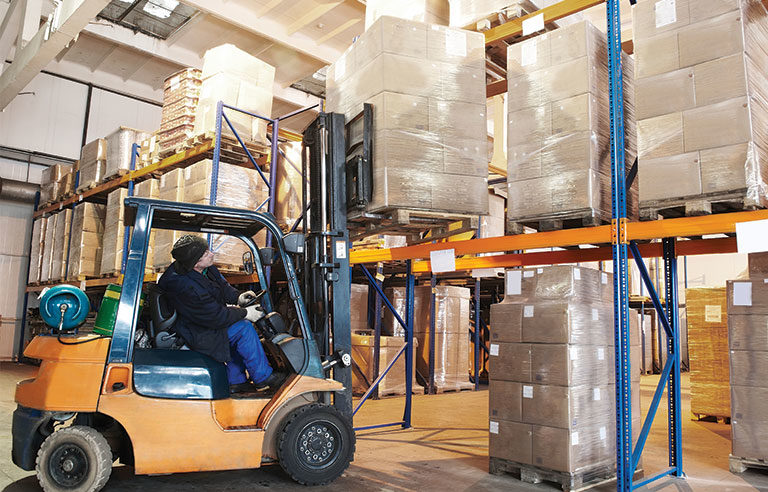New guide explores controlling hazardous energy during mobile equipment maintenance

Montreal — Canadian scientific research organization IRSST has published a guide that stresses the importance of using lockout/tagout and other methods to control hazardous energy when servicing and maintaining mobile equipment.
Maintenance and service of mobile equipment – including forklifts, cranes and loaders – contributed to 56 fatalities and 13 serious injuries in Canada from 2000 to 2013, according to IRSST. A majority of the incidents were preventable and likely triggered by “improvised work procedures” such as failing to completely shut down the machine, the guide states.
The guide points out various mechanical, electrical, chemical, hydraulic and other hazards associated with mobile equipment and describes the proper steps for lockout under the European Union’s Restriction of Hazardous Substances Directive.
When implementing an energy control program, IRSST recommends:
- Including supervisors, mechanics and machine operators when developing the program, and accounting for all types of mobile equipment and energy control work.
- Using mobile equipment designed to limit tasks completed in the danger zone.
- Requiring the use of easy-to-locate, lockable battery master switches and necessary, lockable energy cutoff devices (e.g., valves).
- Opting for separate startup devices for equipment and controlling ignition keys.
Additionally, the guide notes that the use of ignition keys is not a substitute for personal padlocks when locking out equipment.
Post a comment to this article
Safety+Health welcomes comments that promote respectful dialogue. Please stay on topic. Comments that contain personal attacks, profanity or abusive language – or those aggressively promoting products or services – will be removed. We reserve the right to determine which comments violate our comment policy. (Anonymous comments are welcome; merely skip the “name” field in the comment box. An email address is required but will not be included with your comment.)

